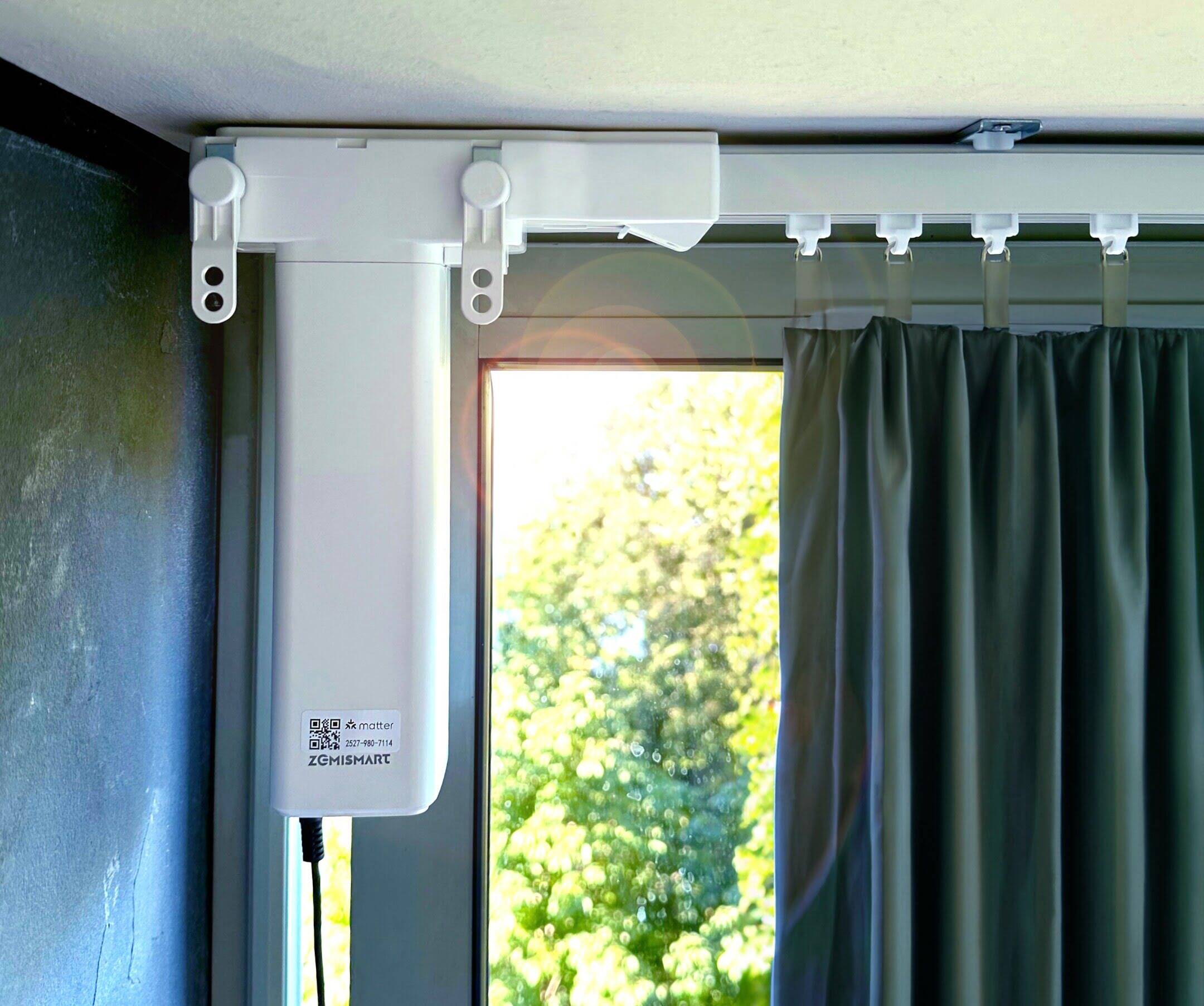

Articles
How Much Do Automated Curtains Cost
Modified: October 19, 2024
Find out the cost of automated curtains in this article. Explore the benefits and factors to consider when investing in this convenient home automation solution.
(Many of the links in this article redirect to a specific reviewed product. Your purchase of these products through affiliate links helps to generate commission for Storables.com, at no extra cost. Learn more)
Introduction
Welcome to the world of automated curtains, where convenience meets elegance. Gone are the days of manually pulling on cords and adjusting curtains multiple times a day to control light and privacy. With the advancement of technology, automated curtains have become a popular choice for homeowners and businesses alike.
In this article, we will explore the fascinating world of automated curtains and delve into the factors that affect their cost. We will also discuss the different types of automated curtain systems available, average pricing, factors to consider when choosing automated curtains, and the benefits of investing in this innovative solution. Additionally, we will touch on the maintenance and upkeep required to keep your automated curtains in optimal condition.
Automated curtains, also known as motorized curtains or smart curtains, are a revolutionary alternative to traditional window treatments. These curtains are equipped with a motorized system that allows them to be controlled remotely, either through a wall switch, a remote control, or even a smartphone app. This automation allows you to effortlessly adjust the curtains’ position, whether it’s opening them to let in natural light or closing them for privacy.
One of the key advantages of automated curtains is their ability to be integrated into a smart home or building automation system. This means that you can synchronize your curtains with other smart devices, such as lighting or temperature control systems, to create a truly interconnected and convenient living space.
Automated curtains offer a wide range of customization options, including fabric choices, colors, and curtain track styles. This means you can find a solution that suits your personal taste and seamlessly integrates into your existing interior design. Whether you prefer sheer curtains for a light, airy look or blackout curtains for ultimate privacy and light control, there is an automated curtain system to meet your needs.
In the following sections, we will explore the various factors that can influence the cost of automated curtains, the different types of systems available, and the average pricing you can expect. So let’s dive in and discover how much automated curtains may cost and what factors you need to consider before making a purchase.
Key Takeaways:
- Automated curtains offer convenience, energy efficiency, and enhanced security. Understanding the cost factors and maintenance needs can help you make an informed decision and enjoy the long-term benefits of this modern window treatment solution.
- Factors such as functionality, window size, and control options should be considered when choosing automated curtains. Investing in this innovative solution can transform your space into a more comfortable, functional, and aesthetically pleasing environment.
Read more: How Much Do Curtains Weigh
Factors Affecting the Cost of Automated Curtains
When it comes to the cost of automated curtains, several factors come into play. Understanding these factors can help you make an informed decision and ensure that your investment aligns with your budget and needs. Here are some key factors that can affect the cost of automated curtains:
- Quality and Brand: The quality and brand of the automated curtain system can significantly impact its price. Well-known brands that are renowned for their reliability and performance often come with a higher price tag. However, investing in a reputable brand can provide you with peace of mind and ensure the longevity of your curtains.
- Size and Complexity: The size and complexity of your window also play a role in determining the cost. Larger windows may require additional motor power and fabric, which can increase the overall price. Additionally, if you have irregular-shaped windows or multiple windows in close proximity to each other, the system may need customization, which can affect the cost.
- Motor Type: There are different types of motors available for automated curtain systems, ranging from basic motors to advanced options with features like quiet operation and precise positioning. The type of motor you choose will impact the cost of the system. Higher-end motors with advanced features generally come with a higher price.
- Control Options: The control options you select can also affect the cost of automated curtains. Basic systems may come with a wall switch or remote control, while more advanced options offer smartphone app integration or voice control compatibility. Advanced control options often come at an additional cost.
- Installation Requirements: The installation process for automated curtains can vary depending on the type of system and your existing window setup. Complex installations that require extensive wiring or modifications to your windows may result in higher installation costs. It’s important to consider installation requirements when budgeting for automated curtains.
- Additional Features: Some automated curtain systems offer additional features such as timers, sensors, or integration with smart home ecosystems. These features can enhance the functionality of your curtains but may also increase the overall cost.
It’s important to keep in mind that while automated curtains may have a higher initial cost compared to traditional curtains, they provide numerous benefits and a modern touch to your home or office space. Now that we’ve explored the factors that influence the cost of automated curtains, let’s move on to understand the different types of automated curtain systems available.
Types of Automated Curtain Systems
Automated curtain systems come in various types and designs, offering versatility and flexibility to suit different needs and preferences. Understanding the different types of automated curtain systems can help you make an informed decision when selecting the right solution for your space. Here are some common types of automated curtain systems:
- Motorized Track Systems: These systems use a motorized track that runs along the top of the window or ceiling. The curtains are attached to the track, allowing them to be smoothly opened or closed using a remote control or a wall switch. Motorized track systems are versatile and can be used for straight, curved, or angled windows.
- Wireless Rod Systems: Wireless rod systems are an excellent option for retrofitting existing curtain rods. The motorized rod is installed in place of the traditional rod, and the curtains are hung on the rod as usual. These systems are convenient and allow for easy installation and operation.
- Battery-Powered Systems: Battery-powered automated curtain systems are a great choice when electrical wiring is not feasible or preferred. These systems operate on rechargeable batteries, eliminating the need for a power supply. Battery-powered systems offer flexibility and are easy to install and operate.
- Smart Home Integration Systems: These advanced systems enable seamless integration with your smart home ecosystem. They can be controlled through smartphone apps, voice assistants, or even programmed to open and close based on specific triggers such as time, temperature, or sunlight. Smart home integration systems offer convenience and maximize automation capabilities.
- Curtain Motorization Kits: If you already have curtain tracks or rods that you want to automate, curtain motorization kits are a cost-effective option. These kits come with a motor and other necessary components to retrofit your existing curtains into automated curtains. They offer flexibility and versatility in upgrading your current window treatments.
Each type of automated curtain system has its own advantages and considerations. Factors such as the type of window, desired functionality, and budget will help determine which system is best suited for your needs. Once you have selected the type of automated curtain system that aligns with your requirements, the next step is to explore the average cost of implementing this modern window treatment solution.
Average Cost of Automated Curtains
The cost of automated curtains can vary based on several factors, including the type of system, brand, customization options, and installation requirements. While it’s difficult to provide an exact cost without specific details, we can provide a general idea of the price range you can expect for automated curtains.
For motorized track systems, the cost can range from $500 to $2,500 per window, depending on the size, complexity, and brand of the system. Wireless rod systems are typically more affordable, with prices ranging from $200 to $800 per window.
Battery-powered automated curtain systems offer a cost-effective solution, with prices ranging from $200 to $1,000 per window. These systems are especially suitable for situations where electrical wiring is not feasible or preferred.
If you opt for automated curtains with smart home integration capabilities, the cost may be higher due to the advanced technology involved. Prices for smart integration systems typically range from $800 to $3,500 per window, depending on the brand and features included.
For those looking to retrofit their existing curtains into automated curtains using motorization kits, the cost can start from $200 and go up to $1,000 per window, depending on the complexity and customization options required.
It’s important to note that these price ranges are estimates and can vary depending on factors such as the size of the window, fabric selection, additional features, and installation requirements. It’s recommended to consult with a professional automated curtain provider to obtain a more accurate quote based on your specific needs.
While the initial cost of automated curtains may be higher compared to traditional curtains, it’s essential to consider the long-term benefits and convenience they provide. Automated curtains can enhance energy efficiency by optimizing natural light and reducing heat transfer. Additionally, they offer convenience with remote control operation, smart home integration, and customization options to suit your preferences.
Now that we have discussed the average cost of automated curtains, let’s explore the important factors you should consider when choosing an automated curtain system.
When considering the cost of automated curtains, factors such as the size of the window, type of fabric, and additional features like remote control or smart home integration will impact the overall price. It’s important to research and compare different options to find the best fit for your budget and needs.
Factors to Consider When Choosing Automated Curtains
When selecting automated curtains for your space, it’s important to consider several factors to ensure that you choose a system that meets your needs and preferences. Here are some key factors to consider:
- Functionality: Determine the specific functionality you require from your automated curtains. Do you want them solely for light control, privacy, or both? Consider whether you want them to integrate with your smart home system or have advanced features such as timers or sensors.
- Window Size and Shape: Assess the size and shape of your windows, as this can influence the type of automated curtain system you need. Irregular-shaped windows or large windows may require customized solutions. Measure your windows accurately to ensure a proper fit.
- Control Options: Consider how you want to control your automated curtains. Do you prefer a wall switch, remote control, smartphone app, or voice control? Ensure that the control options offered by the system align with your preferences and provide the level of convenience you desire.
- Integration with Existing Décor: Evaluate how well the automated curtains will integrate with your existing interior décor. Consider the fabric options, colors, and curtain track styles available. Look for customization options that allow you to match the curtains to your aesthetic preferences.
- Budget: Determine a budget range for your automated curtains. Keep in mind that while there is an upfront cost, automated curtains can provide long-term value and convenience. Consider both the initial cost and any potential maintenance or operational expenses when setting your budget.
- Installation Needs: Review the installation requirements of the automated curtain system. Does it require professional installation, or can you install it yourself? Assess the complexity of the installation process and ensure that it aligns with your skills and capabilities.
- Reliability and Warranty: Look for automated curtain systems that are known for their reliability and durability. Check customer reviews and the reputation of the brand before making a purchase. Additionally, inquire about the warranty provided to protect your investment.
Taking these factors into consideration will help you narrow down your options and choose the automated curtain system that best suits your needs, preferences, and budget. Remember to consult with automated curtain professionals who can provide guidance and assist you in making the right decision.
Now that we have discussed the factors to consider when choosing automated curtains, let’s explore the benefits of investing in this innovative solution.
Read more: How Much Do Grills Cost
Benefits of Investing in Automated Curtains
Automated curtains offer numerous benefits that can enhance your living space or workplace. Here are some key advantages of investing in automated curtains:
- Convenience and Ease of Use: With automated curtains, adjusting the position of your curtains becomes effortless. Rather than manually pulling cords or ropes, you can easily open and close your curtains with the push of a button or even through voice commands. This convenience is especially beneficial for hard-to-reach or high windows.
- Light Control and Privacy: Automated curtains provide precise control over the amount of natural light entering your space. Whether you want to let in maximum sunlight or create a cozy atmosphere by blocking out bright light, you can easily adjust your curtains to your desired level. Additionally, automated curtains offer enhanced privacy, allowing you to control the visibility from the outside.
- Energy Efficiency: Automated curtains contribute to energy efficiency by optimizing natural light. By strategically opening and closing your curtains based on the time of day, you can reduce the need for artificial lighting and minimize heat transfer, thus reducing energy consumption and lowering your utility costs.
- Integration with Smart Home Systems: Automated curtains can be seamlessly integrated into your smart home ecosystem. By connecting them to your smart home hub, you can synchronize your curtains with other devices, such as lighting or temperature control systems. This integration allows for automated routines and centralized control of various aspects of your home, enhancing convenience and comfort.
- Enhanced Security: Automated curtains can contribute to enhancing the security of your home or office by creating the illusion of an occupied space. Through timers or smart home integration, you can program your curtains to open and close automatically at specific times, giving the appearance that someone is inside even when you’re away.
- Improved Aesthetics: Automated curtains offer a sleek and modern touch to your interior design. With a wide range of fabric choices, colors, and styles available, you can customize your curtains to match your existing décor and create a seamless, harmonious look in your space.
- Long-Term Value: While the upfront cost of automated curtains may be higher compared to traditional curtains, their long-term value is worth considering. They are built to last and offer a durable solution that can withstand frequent use. Additionally, the benefits they provide in terms of convenience, energy efficiency, and security contribute to the overall value and comfort of your space.
Investing in automated curtains not only enhances the functionality and aesthetics of your space but also provides you with a modern and convenient way to control light, privacy, and energy consumption. Now that we’ve explored the benefits of automated curtains, let’s discuss the maintenance and upkeep required to keep them in optimal condition.
Maintenance and Upkeep of Automated Curtains
Maintaining your automated curtains is essential to ensure their optimal performance and extend their lifespan. While automated curtains are designed to be durable and require minimal maintenance, it’s important to follow a few key guidelines. Here are some maintenance and upkeep tips for automated curtains:
- Cleaning: Regular cleaning of your curtains is important to keep them free from dust and dirt that can accumulate over time. Follow the manufacturer’s instructions for cleaning the specific fabric of your curtains. Some curtains may be machine washable, while others may require professional cleaning or a gentle hand wash.
- Motor Maintenance: The motors that power automated curtains are typically maintenance-free. However, it’s advisable to periodically check the motor’s operation and ensure that it’s running smoothly. If you notice any unusual noises or vibrations, contact the manufacturer or a professional technician to inspect and service the motor if necessary.
- Track and Hardware Inspection: Regularly inspect the curtain tracks, rods, and hardware for any signs of wear or damage. Check that the tracks are clean and clear of debris that could obstruct the smooth operation of the curtains. If you notice any issues, such as loose screws or bent tracks, tighten or replace them as needed.
- Battery Replacement: If your automated curtain system is battery-powered, keep an eye on the battery life. Replace the batteries when needed to ensure consistent and reliable operation. Refer to the manufacturer’s instructions for the specific type and recommended intervals for battery replacement.
- Software Updates: If your automated curtains are integrated with a smart home system or controlled through a smartphone app, it’s important to keep the software up to date. Software updates often include bug fixes, security enhancements, and compatibility improvements. Check for updates regularly and install them as recommended.
- Professional Servicing: If you encounter any significant issues with your automated curtains or if you’re unsure about performing maintenance tasks yourself, it’s recommended to seek professional assistance. Trained technicians can provide thorough inspections, servicing, and repairs to ensure the optimal performance of your automated curtain system.
By following these maintenance and upkeep guidelines, you can ensure that your automated curtains remain in excellent condition and continue to provide you with the convenience and functionality you expect. Regular maintenance not only extends the lifespan of your curtains but also helps identify and address any potential issues before they escalate.
Now that we’ve covered maintenance, let’s summarize the key points discussed in this article.
Conclusion
Automated curtains offer a modern and convenient solution for controlling light, privacy, and enhancing the aesthetics of your living space or workspace. Throughout this article, we’ve explored the factors that affect the cost of automated curtains, the different types of systems available, the average pricing, and the factors to consider when choosing an automated curtain system. We’ve also discussed the benefits of investing in automated curtains, including the convenience, energy efficiency, smart home integration capabilities, and enhanced security they provide.
When considering automated curtains, it’s important to assess your specific needs, budget, and installation requirements. By understanding the factors that influence costs, you can make an informed decision and choose a system that aligns with your preferences and budget. Whether you opt for motorized track systems, wireless rod systems, battery-powered systems, or smart integration systems, automated curtains offer convenience, enhanced control, and a touch of elegance to any space.
To ensure the long-term functionality and optimal performance of your automated curtains, regular maintenance is necessary. This includes cleaning the curtains, inspecting and maintaining the motor, checking the tracks and hardware, and replacing batteries as needed. Professional servicing may be required for complex issues or if you’re uncertain about performing maintenance tasks yourself.
In conclusion, automated curtains provide a host of benefits, from convenience and energy efficiency to enhanced security and seamless integration with smart home systems. By investing in automated curtains, you can transform your space into a more comfortable, functional, and aesthetically pleasing environment.
Remember to consult with automated curtain professionals for expert advice and assistance in choosing the right system for your needs. With proper maintenance and upkeep, your automated curtains will continue to serve you well for years to come, adding a touch of luxury and sophistication to your everyday life.
Frequently Asked Questions about How Much Do Automated Curtains Cost
Was this page helpful?
At Storables.com, we guarantee accurate and reliable information. Our content, validated by Expert Board Contributors, is crafted following stringent Editorial Policies. We're committed to providing you with well-researched, expert-backed insights for all your informational needs.
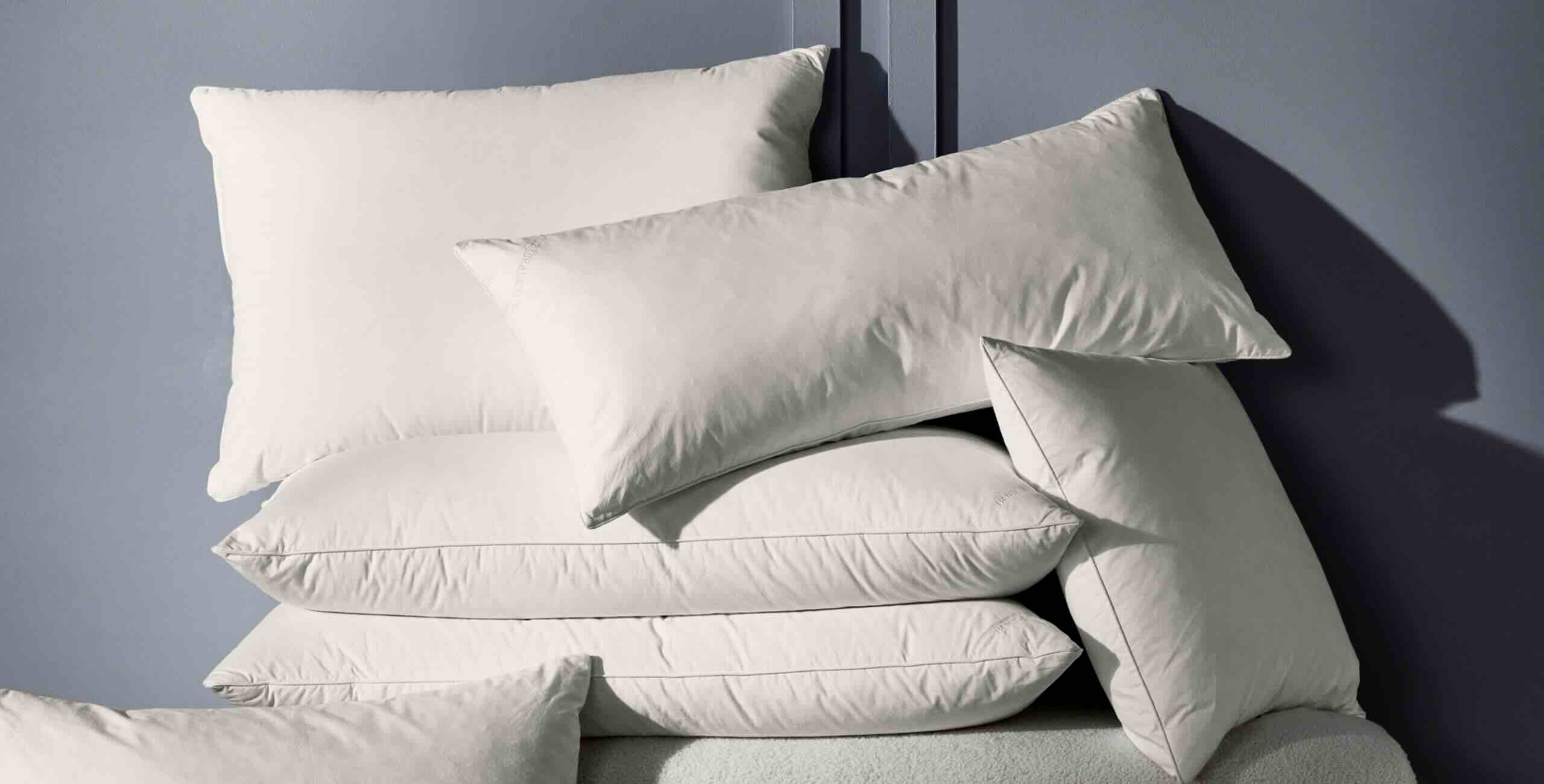
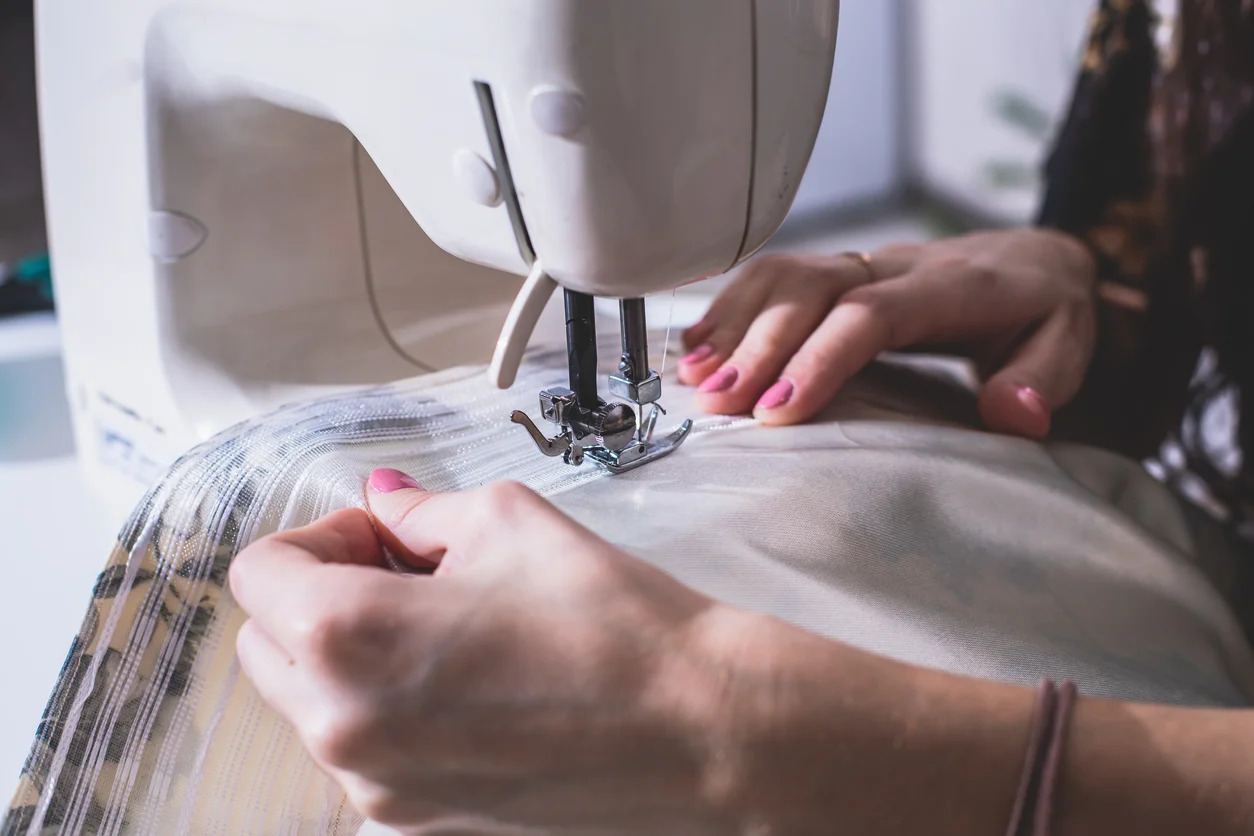

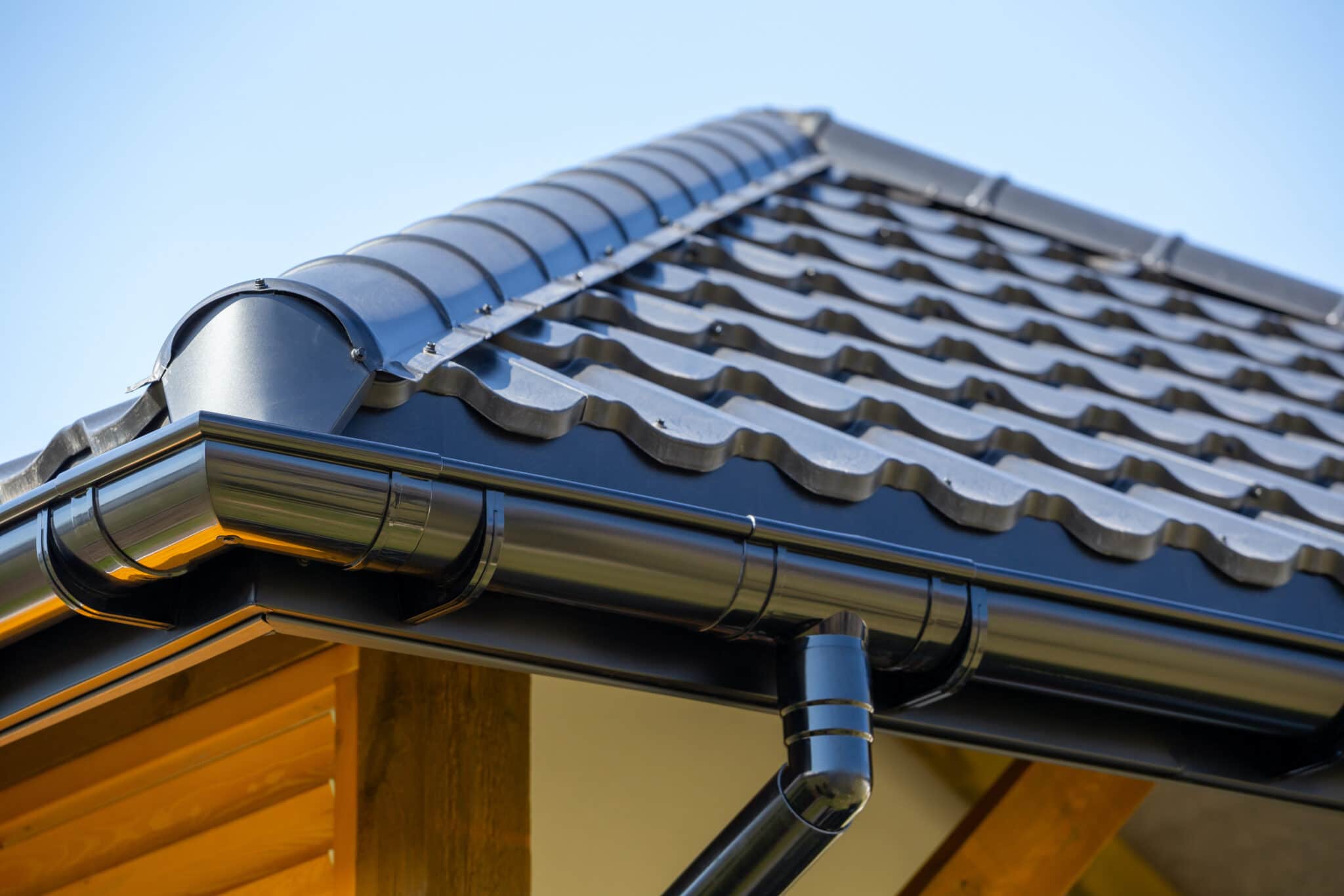
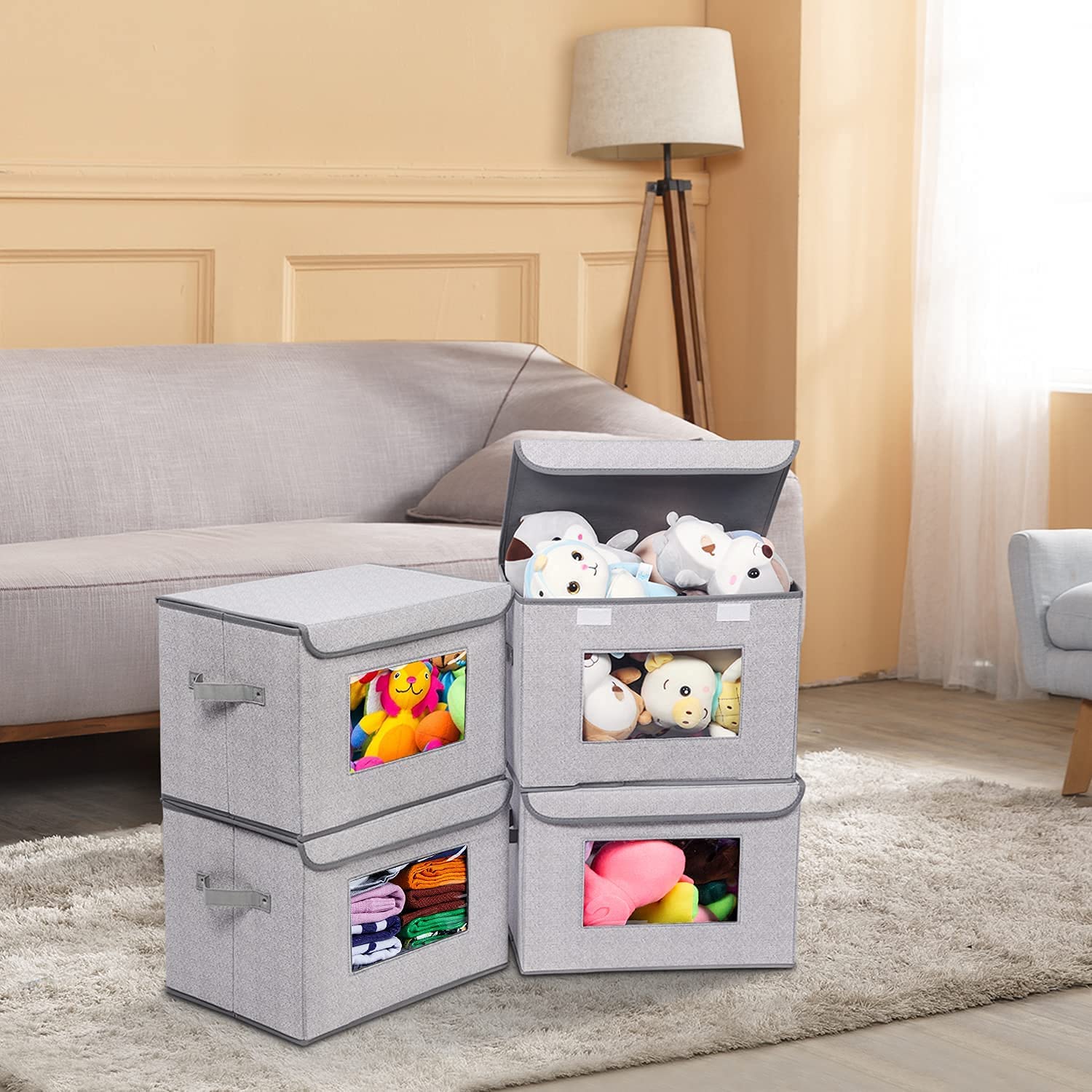
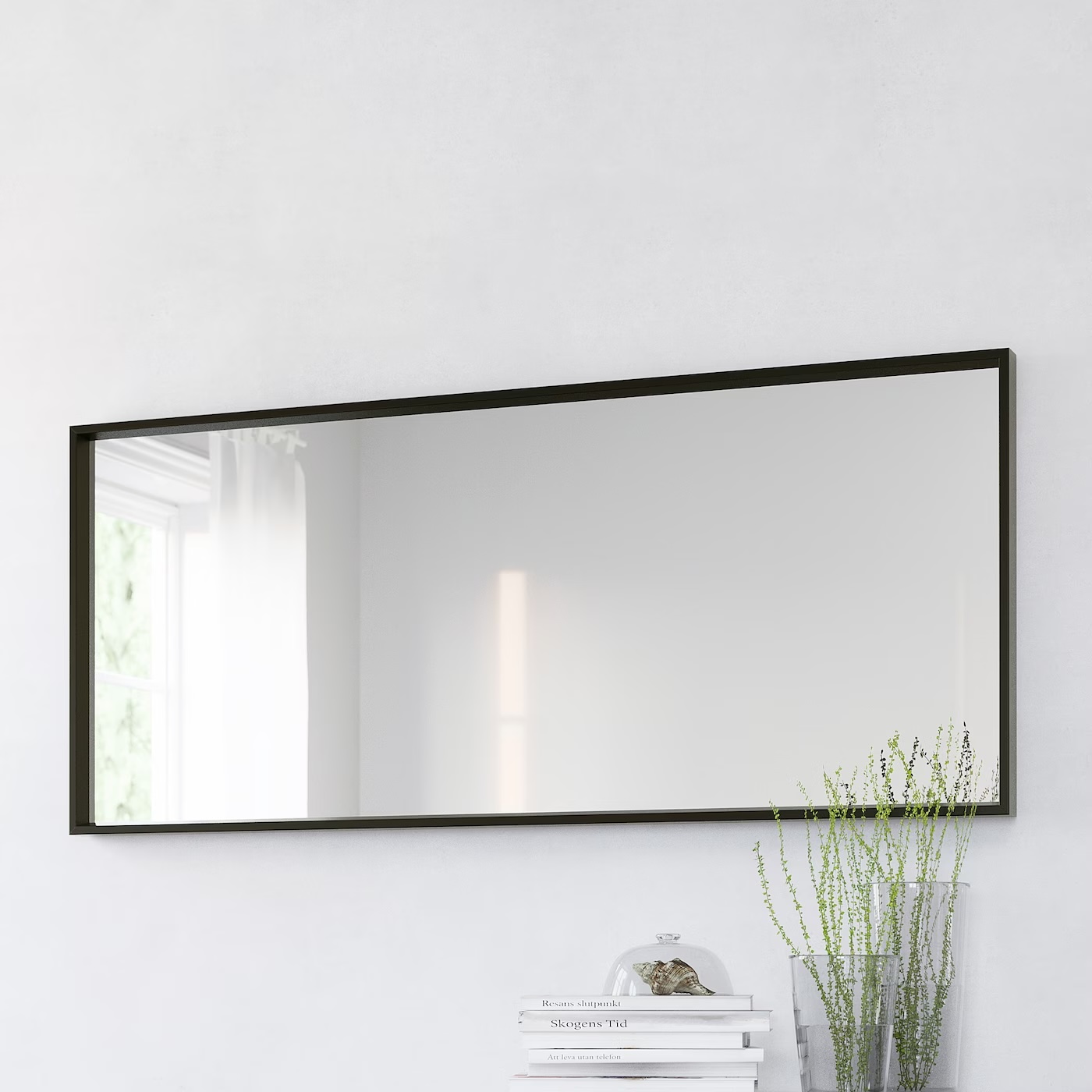
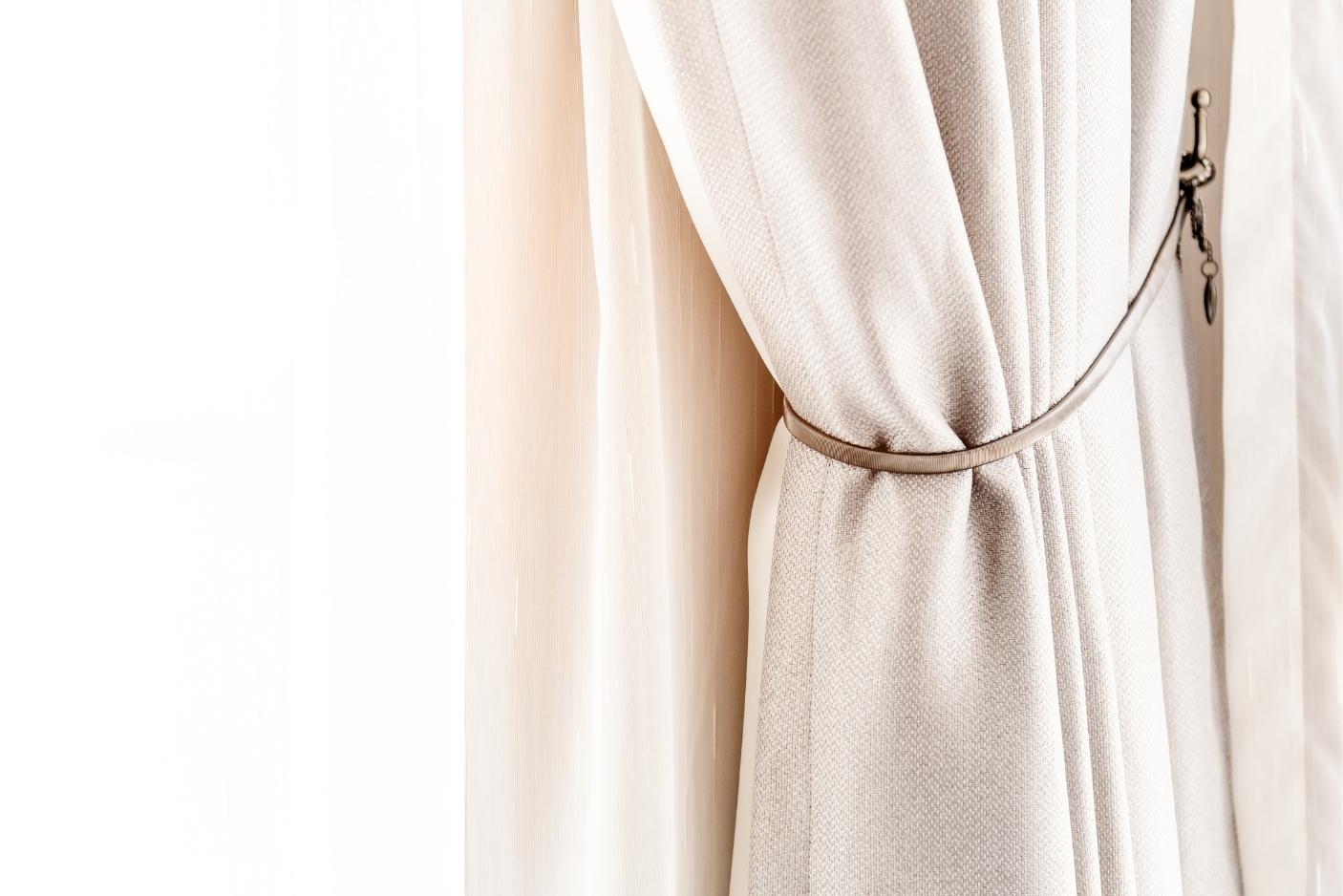
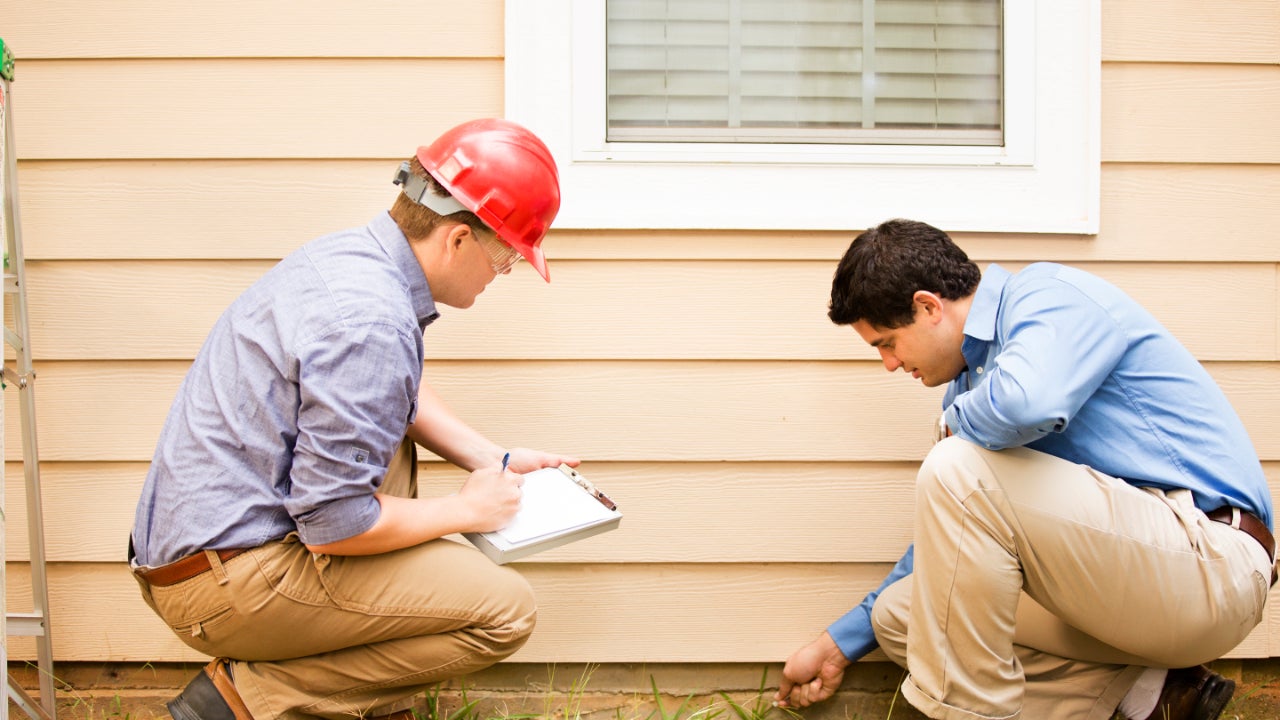
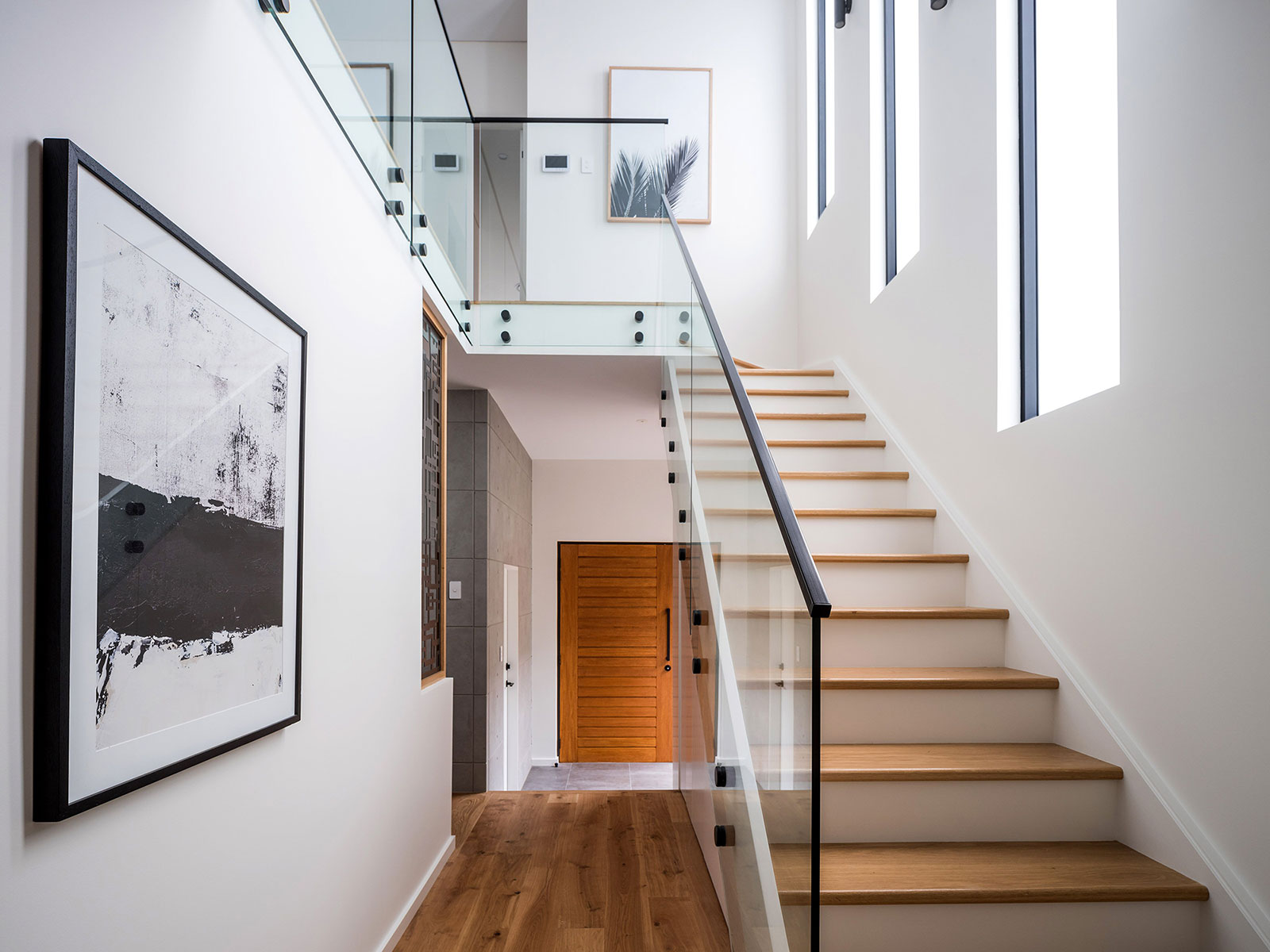
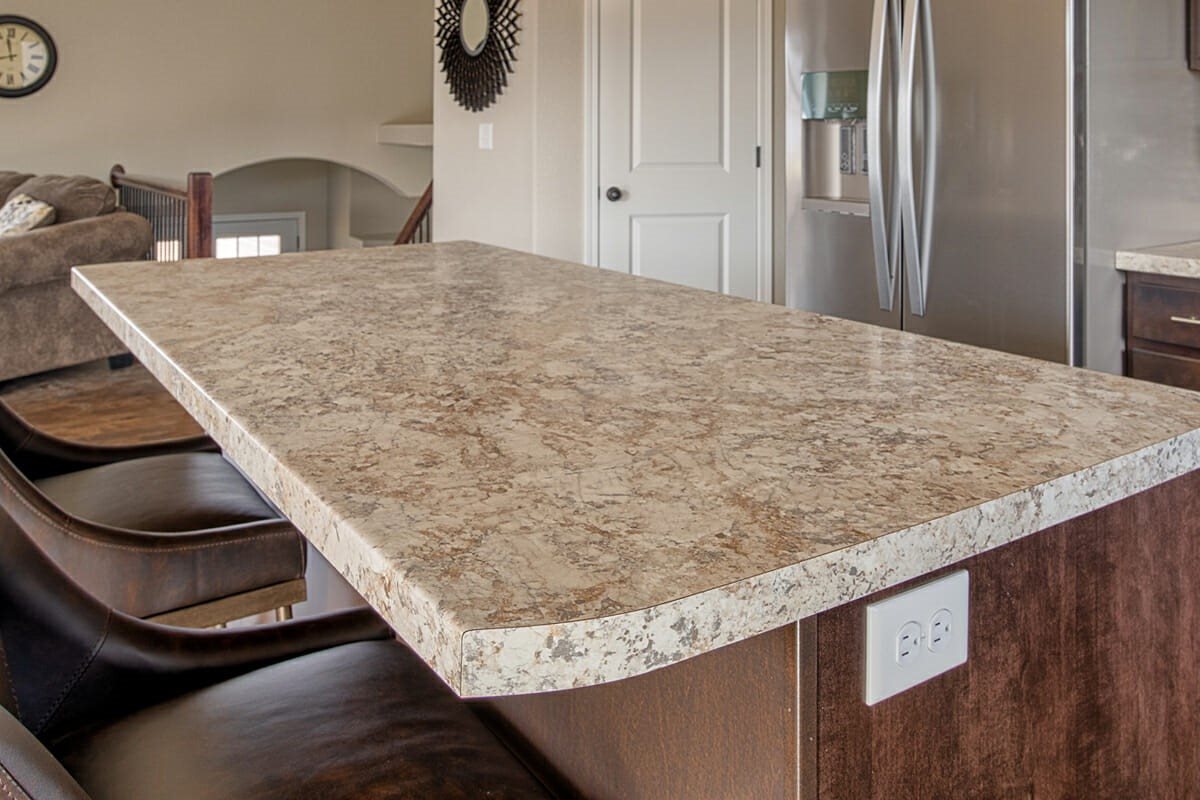
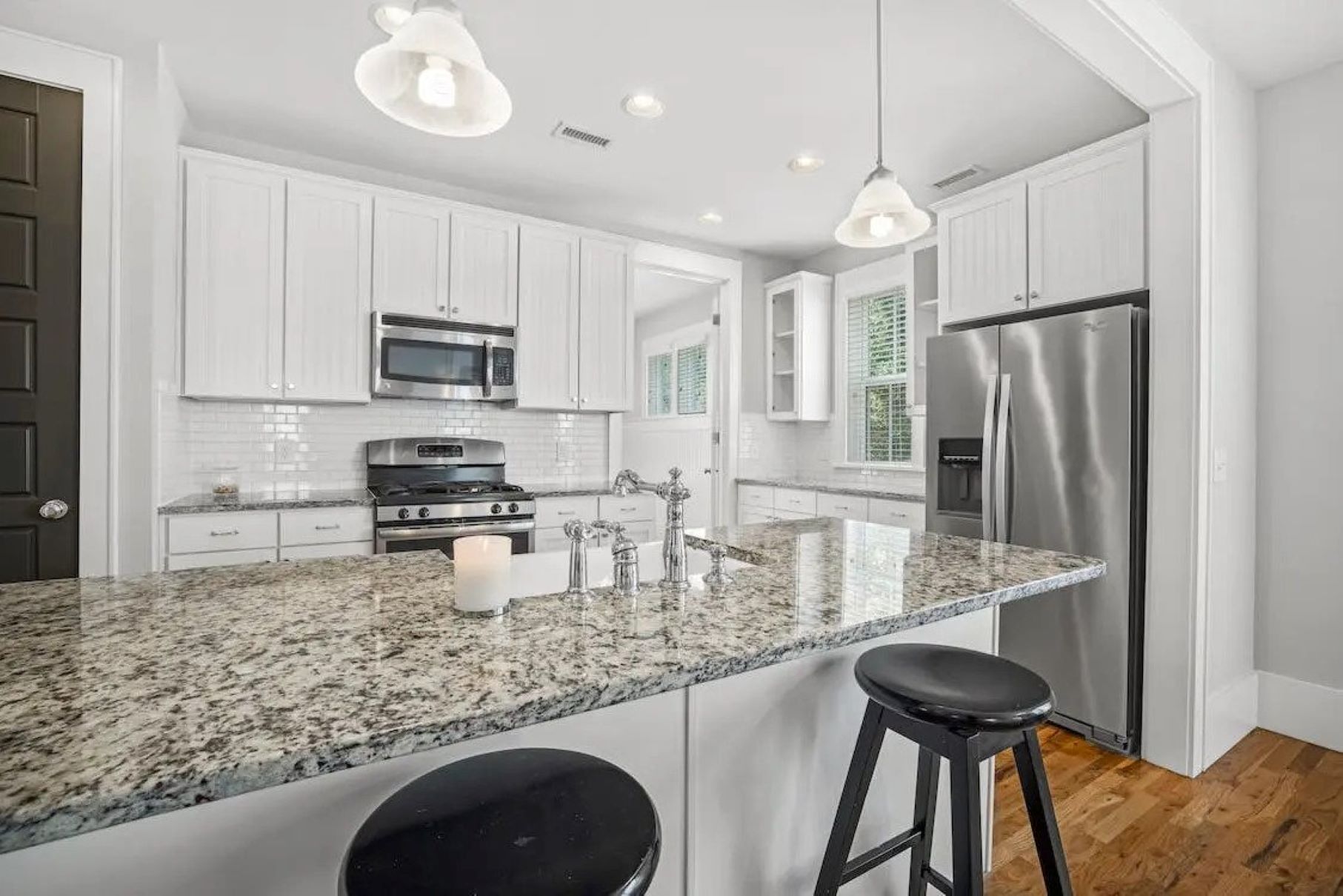
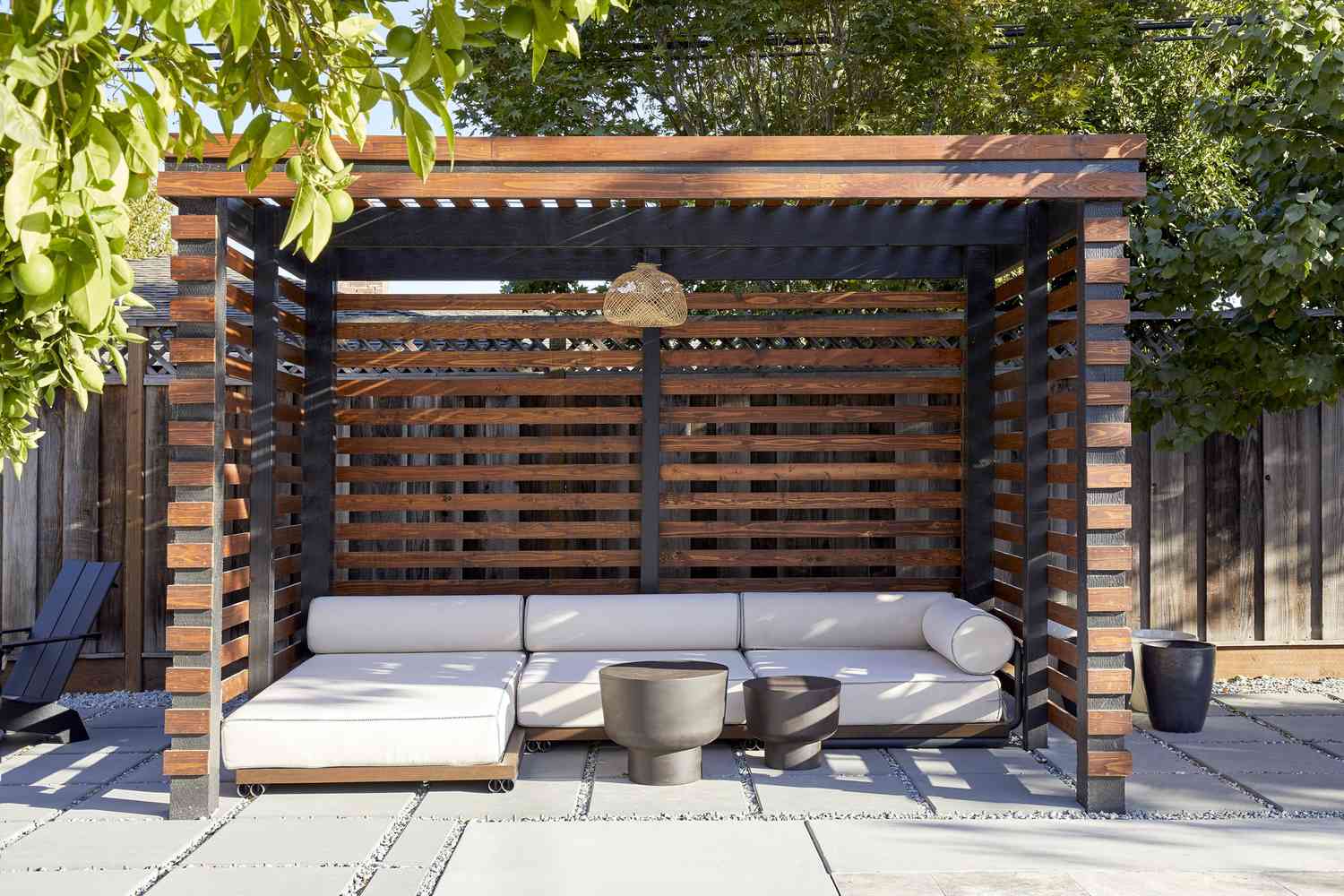
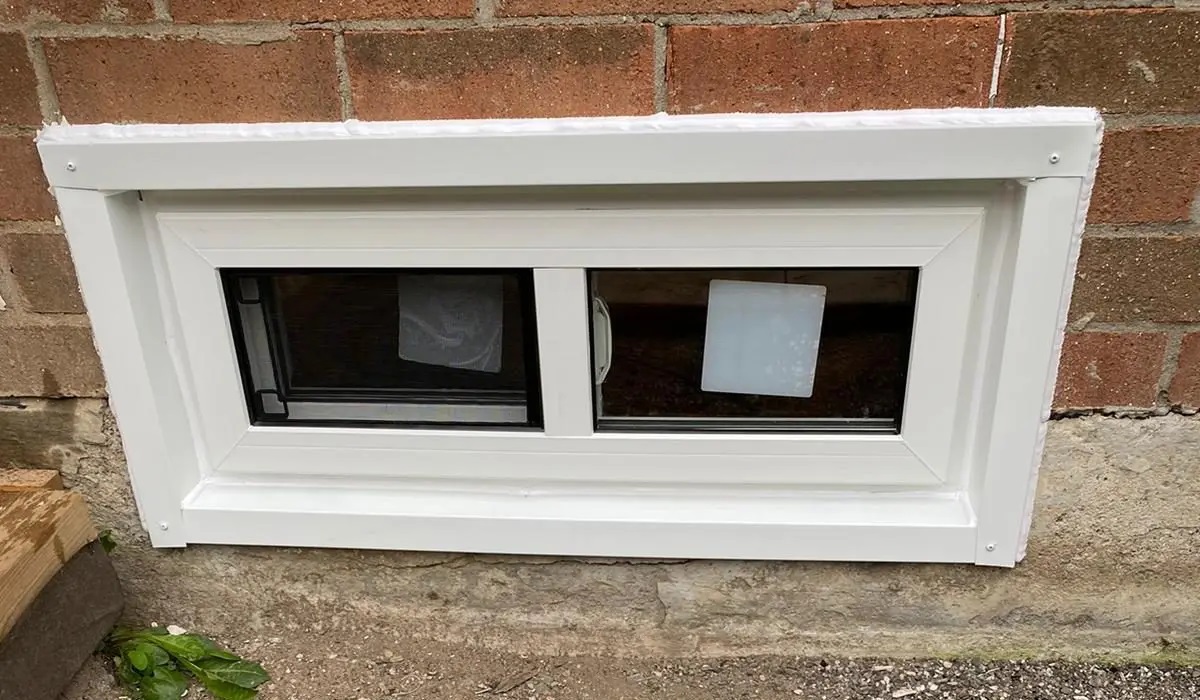
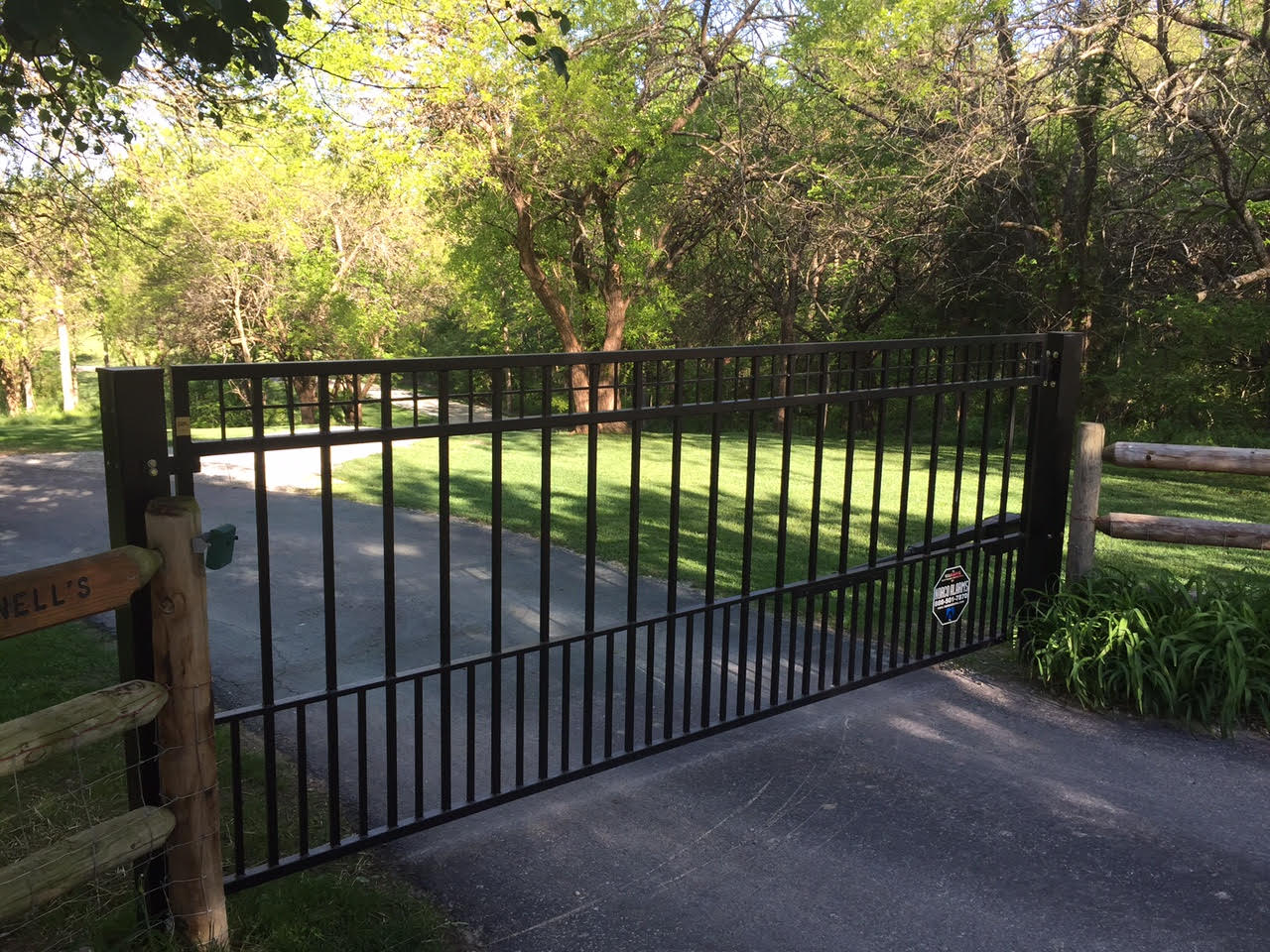

0 thoughts on “How Much Do Automated Curtains Cost”